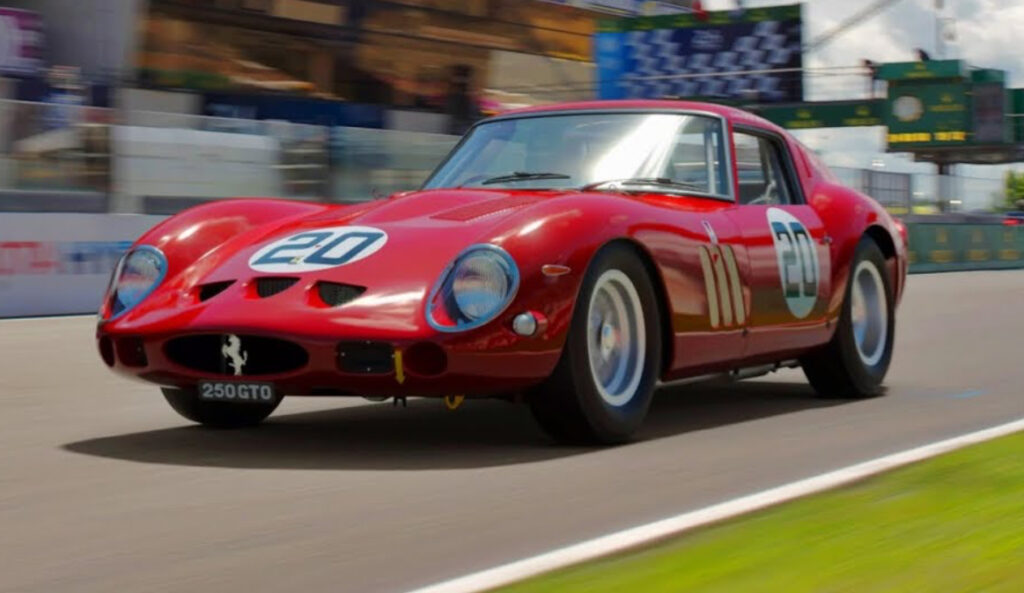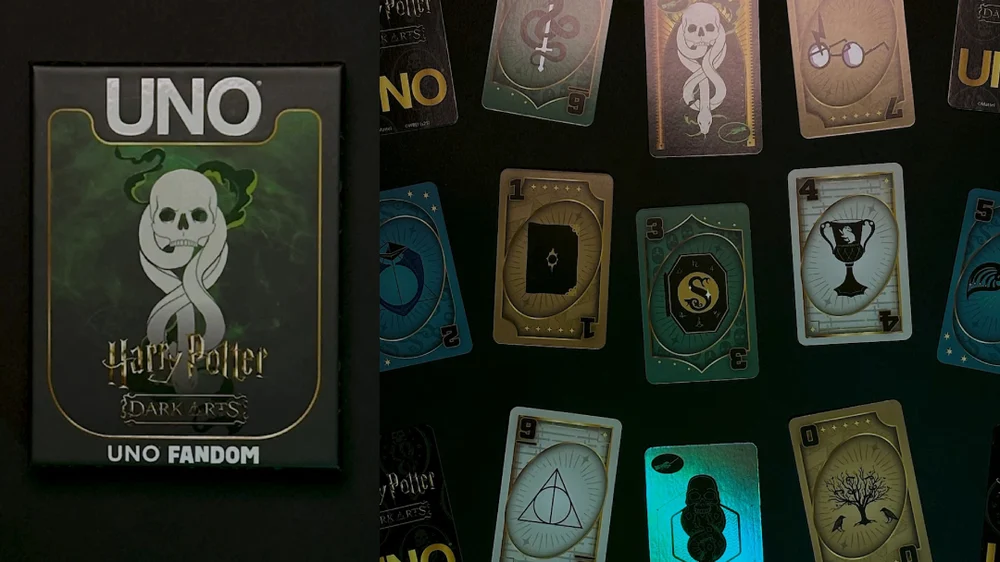Gran Turismo 7 has become a haven for automotive enthusiasts and gamers alike, with its intricate blend of realism and historical reverence. The game consistently goes above and beyond in celebrating the culture and legacy of motorsport, often shining a spotlight on iconic vehicles and brands that have defined the automotive industry. One such example is the aptly titled weekly challenge, Vision of the Past, which invites players to delve into the history of car design and performance while honing their skills on the track.
Gran Turismo’s Historical Lens
Gran Turismo has always prioritized realism and education in equal measure. From its inception, the series aimed to be more than a racing game—it wanted to be a “driving simulator” that offered an in-depth look at the artistry and engineering behind cars. Polyphony Digital, the studio behind the game, frequently collaborates with car manufacturers to bring historically significant vehicles to the digital world.
In Vision of the Past, Gran Turismo 7 leans into this educational ethos by designing a set of challenges that encourage players to embrace the aesthetic and performance characteristics of vintage and classic cars. Unlike the futuristic Vision Gran Turismo series, which imagines what cars could be, this challenge focuses on what cars once were—glorious machines that paved the way for modern automotive engineering.
Thematic Elements of Vision of the Past
The challenge is structured around themes of nostalgia, craftsmanship, and evolution. Each leg of Vision of the Past showcases a different decade, requiring players to complete time trials, races, and drift challenges with cars from the 1960s, 1970s, and 1980s. It’s not just about achieving high scores; it’s about understanding how these cars behaved, why they were revolutionary, and how they compare to today’s standards.
Celebrating Automotive Icons
The challenge includes a curated selection of vehicles that represent their respective eras. Players may find themselves behind the wheel of:
•The Ferrari 250 GTO, an embodiment of 1960s elegance and performance.
•The Ford GT40 Mk1, the American icon that famously ended Ferrari’s dominance at Le Mans.
•The Datsun 240Z, a car that introduced Japanese sports cars to the global stage.
These cars are more than just machines; they’re milestones in automotive history. Polyphony Digital ensures each car is rendered with meticulous detail, from their aerodynamic shapes to the purring growl of their engines.
Historic Tracks and Environments
In addition to the cars, Vision of the Past revives legendary tracks, some of which have disappeared from modern motorsport calendars. Players may race on circuits like:
•Goodwood Motor Circuit – A staple of mid-century motorsport.
•Le Mans 1967 Layout – A vintage configuration with fewer chicanes, emphasizing top speed.
•Autodromo Nazionale Monza 1966 – The classic high-speed circuit that defined Formula One’s golden age.
These tracks, combined with dynamic weather and time-of-day settings, immerse players in the essence of vintage racing.
Challenge Breakdown: Skills Meets Strategy
Vision of the Past is not for the faint of heart. Its events demand both skill and an understanding of how older cars handle. Unlike their modern counterparts, vintage cars lack advanced aerodynamics, ABS brakes, and electronic stability control. This creates a unique gameplay experience that rewards careful planning and technical mastery.
Time Trials
Time trials in Vision of the Past focus on raw speed and consistency. Players must achieve lap times that reflect the car’s original performance specifications. For example:
•In the Ferrari 250 GTO challenge, maintaining high cornering speed on Monza’s old banking is critical, as the car’s top-end speed alone won’t guarantee success.
•The Ford GT40 Mk1 trial at Le Mans requires players to optimize straight-line speed while carefully managing braking zones to navigate the circuit’s long straights and tight corners.
Drift Challenges
Drift events add a layer of artistry to the challenge. Cars like the Datsun 240Z and the Toyota AE86 (a late addition to the 1980s lineup) excel in these scenarios, thanks to their balanced handling. Players must navigate tight corners while achieving high drift scores, balancing throttle control with counter-steering finesse.
Endurance Races
Longer races test not only the player’s driving skill but also their strategic thinking. Tire wear, fuel consumption, and pit stop strategies come into play. In these races, players are encouraged to tune their vintage cars, tweaking suspension, gear ratios, and even engine power to adapt to the race’s demands.
Authenticity And Details
Polyphony Digital spares no expense in ensuring authenticity. Each car in Vision of the Past features detailed interiors, from analog dashboards to wood-rimmed steering wheels. The audio design captures every nuance, from the guttural roar of a V8 engine to the mechanical clatter of manual gearboxes. Even the visuals—complete with weathered paint jobs and period-correct liveries—contribute to the sense of stepping back in time.
The game also educates players through interactive elements. Each challenge includes historical insights about the cars and tracks, offering trivia and anecdotes about their significance. This transforms Vision of the Past into a virtual automotive museum, making it as enriching as it is entertaining.
Impression
Vision of the Past is more than just a racing challenge; it’s a meditation on the evolution of automotive technology. By experiencing the quirks and limitations of vintage cars, players gain a deeper appreciation for modern innovations. It also underscores how motorsport has evolved—from a high-risk, analog pastime to today’s data-driven, safety-conscious profession.
This challenge also bridges generational gaps. For older players, it’s an opportunity to relive the golden age of motoring. For younger players, it’s an education in the roots of car culture. This dual appeal enhances Gran Turismo 7’s role as a unifying platform for car enthusiasts of all ages.
Community Engagement And Progress
Gran Turismo’s weekly challenges, including Vision of the Past, foster a vibrant online community. Players share strategies, tuning setups, and race replays, creating a collaborative environment that extends beyond the game itself.
The challenge also inspires creativity within the game’s Scapes mode, where players can photograph their vintage cars against scenic backdrops. Some recreate iconic moments, such as the Ford GT40 crossing the Le Mans finish line, while others explore artistic interpretations of these classic machines.
Final Thoughts: A Tribute to the Timeless
Vision of the Past encapsulates everything that makes Gran Turismo 7 special. It’s a celebration of motorsport history, a test of driving skill, and a love letter to the art of car design. By placing players in the driver’s seat of automotive icons, the challenge creates an emotional connection that transcends the screen.
Whether you’re a seasoned racer or a newcomer to the series, Vision of the Past offers a unique blend of nostalgia and challenge that enriches your appreciation for the automotive world. It’s not just a game mode; it’s an invitation to explore, learn, and revel in the timeless allure of cars.
No comments yet.








